Everything You Need to Know About Growing Zones
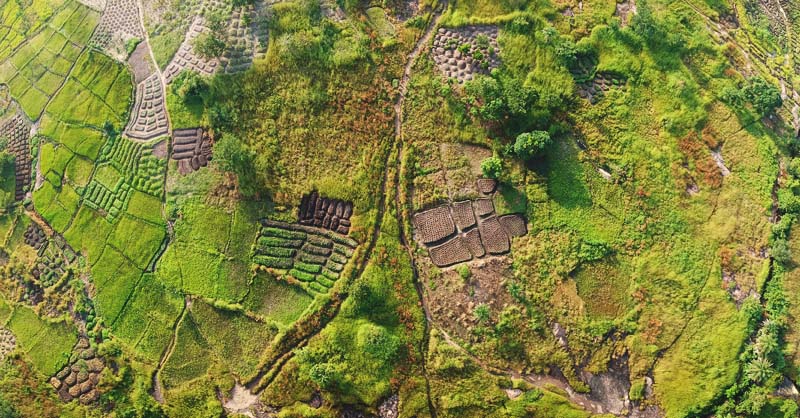
By Ame Vanorio
You’ve seen those zone maps with the brightly colored yellow, green, blue and pink stripes. Maybe you’ve looked at them and wondered – why do I need to care about growing zones?
Those pretty stripes contain invaluable information if you’re hoping to make things to thrive in your garden. They help you to learn more about the climate in your geographic region and narrow down what plants will grow best for you.
You don’t want to spend money and time trying to grow plants that won’t do well in your climate. As much as I would love to plant oranges, they’re not going to be happy outdoors on my Kentucky farm.
Henry Skinner, who worked for the United States National Arboretum in the 1960s, came up with the idea of using zones to help gardeners select plants. Now, it’s commonplace for plant growers and landscapers to label their plants with the zones they’re suited for to help consumers make wise decisions.
What Are Planting Zones?
The United States Department of Agriculture (USDA) is in charge of developing an agricultural planting zone map for gardeners to use as planting guidelines. This map is called the USDA Plant Hardiness Zone Map (PHZM). You’ll usually hear of the zones on this map referred to as growing zones, hardiness zones, or planting zones.
There are thirteen growing zones in North America. Each of the zones is further divided into an “A” and a “B.”
The current map shows the winter low temp for growing zones starting in zone 1A at -60°F and up to 70°F for zone 13B. This includes every state from Alaska to Hawaii and the Commonwealth of Puerto Rico.
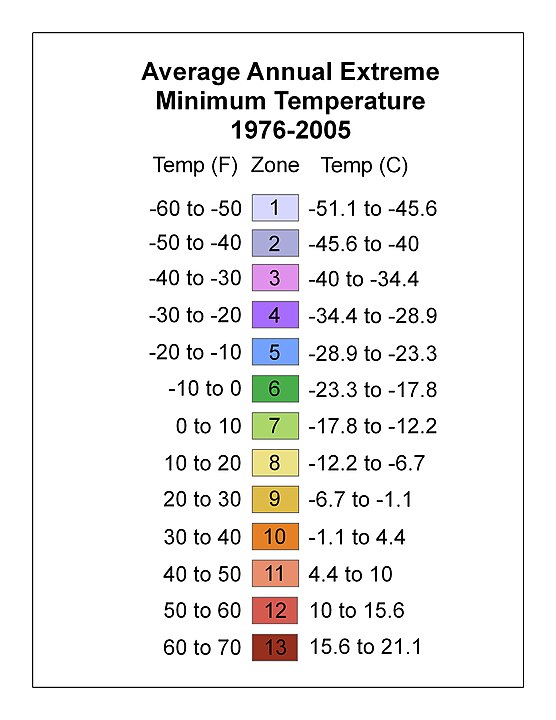
If you look at the map, the zones run west to east in a wave-type pattern crisscrossing the country. Exceptions to this are areas of high elevation and coastal areas. These look like little patches of a different color from the surrounding areas. For instance, Flagstaff, Arizona is a lone splotch of blue zone 5 in a sea of green zone 6, thanks to its high elevation.
Zones are divided by ten-degree increments based on winter averages. The A and B areas are further divided with an average of a 5°F difference between them.
Hardiness zones look at the mean temperatures over a thirty-year period. It’s all about averages – not extremes. A zone may get much colder from time to time than the average indicates.
For instance, I am in zone 6. My winter average temperature is ten degrees higher than in zone 5. More specifically, I am in zone 6b. Overall zone 6 has a low-temperature average between -10 and 0 degrees. But it has dropped into the -30s in my area.
How Often Are Growing Zones Adjusted?
Zones are changed on an as-needed basis. The first major change was in 1990 when scientists at the USDA began looking at data in response to climate change. In 2012, the map was adjusted again because average temperatures around the country had changed.
You may have noticed that your own planting zone has shifted over time. In fact, if you look at the USDA map for 1990 and the USDA map for 2012 you will see a lot of subtle differences.
Don’t fret and go pulling out all your plants. We humans may have changed the hardiness zone designation in your area, but your plants don’t know that. If they’re happy, you’re happy. However, as you plant new things, you may want to keep the altering climate in mind.
Nothing is more empowering than growing a garden and harvesting food in your yard. For more helpful information, check out this guide on how to make a year-round self-sustaining garden.
Does Climate Change Affect My Zone?
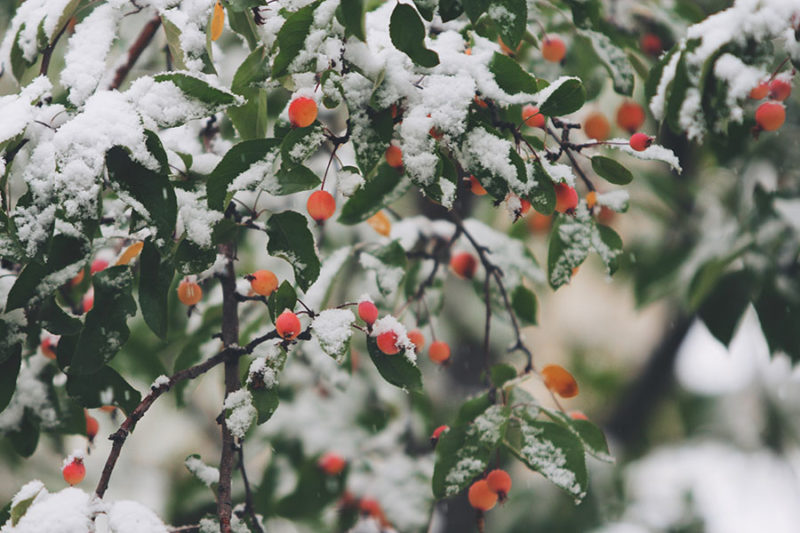
If you have been gardening for a long time, like myself, you might have seen the effect of climate change. November often brings a warm spell instead of the chill of yesteryear.
Last November I had a peach tree making buds and was pleading inwardly “stop that, you are using up the energy you will need for spring”!
When I was young, it was common to wait to put out tomatoes until after the magic date of the first of May. Now I typically set out tomatoes around mid-April, sometimes even earlier since I like to push the limits.
(5).jpg) Hardiness Zones are Shifting North
Hardiness Zones are Shifting North
Plant growing zones are shifting north. The average temperature has increased up to three degrees at 95% of the USDA’s data collection spots.
If you’re curious about how things have changed, Climate Central has a variety of maps that illustrate how the climate has warmed, and zones have changed across the country.
Evidence supports the shift in growing zone designations. In 2010 the Forestry Service came out with a report titled Study Suggests Tree Ranges Are Already Shifting Due to Climate Change. This study examined tree species that are expanding further north.
The study states “with warming temperatures, places to the north that previously were unsuitable for a particular species may become suitable, and thus that species’ range will have ‘moved,’ with more seedlings growing and thriving further to the north than before.”
That means some trees will disappear from certain planting zones and become more common in planting zones further north. One of the trees of concern is the sugar maple from which we make maple syrup. The forestry department fears sugar maples may move into Canada, causing an economic loss to farmers in the northeast and Ohio.
⇒ Buy Here Lavender Seeds And Other Seeds You Need To Start Your Medicinal Herb Garden
Climate Change and Invasive Species
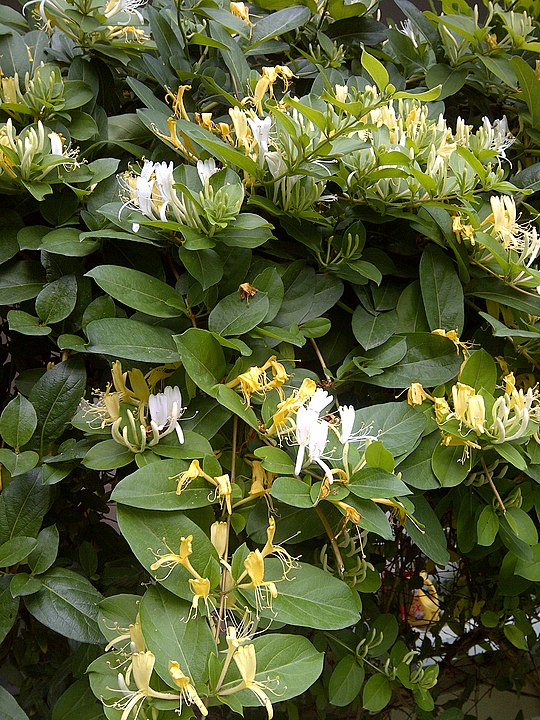
One of the biggest problems we may have on our property is those annoying invasive species. Plants such as kudzu, honeysuckle, and wild mustard are taking advantage of a warming climate.
You may have these pests moving into your planting zone and wreaking havoc in your garden. Not only do you need to watch out for new plants, you may also see insect and mammals that are moving to your area.
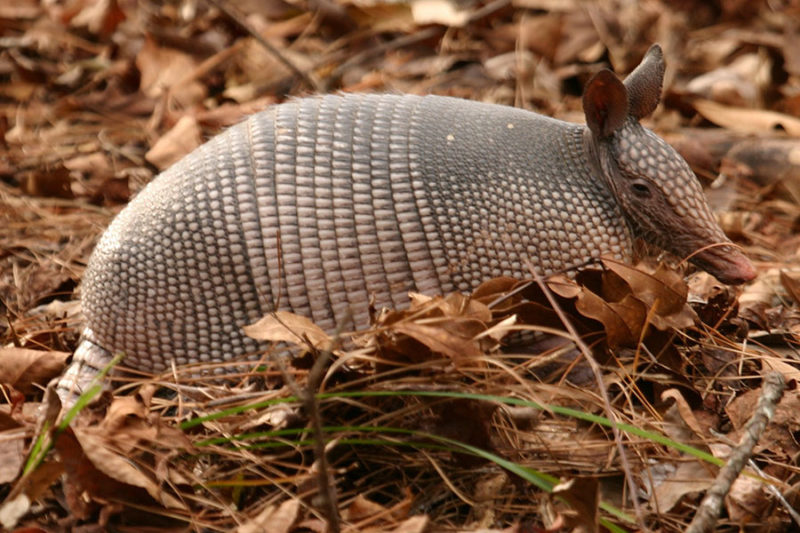
Last year in Western Kentucky the Department of Fish and Wildlife announced that we had a breeding population of armadillos – a mammal usually associated with Texas!
More Accurate Tools to Monitor Data
Better technology has caused the maps to be reevaluated and changed as well. Temperature data is tracked all over the United States at 244 stations. This data is then compared with previous years. As things change, the maps are revised.
⇒ Is It Illegal to Harvest Rainwater in Your State?
Technology has improved, and with it, the ability to detect even minuscule changes in the temperature.
The USDA’s system now looks at other microclimate effects such as bodies of water, and elevation. This is why you may see smaller circles on the map with a number and arrow pointing to them.
Microclimates
Keep in mind that you may have microclimates in your area – or even your yard. Certain aspects of your area, like elevation, wind direction, and the amount of sunlight, may affect your local climate.
You most likely have microclimates in your yard. Do you have a gardening spot near a brick wall? Perhaps you have a low spot in your garden. You’ve likely observed how those areas stay a bit warmer during the growing season.
Microclimates can be cooler or warmer than the surrounding areas. That might mean that you can keep rosemary alive all winter long, while a neighbor down the road might not. My friend, Susan, lives three miles from me as the crow flies. She gets blossoms on her trees about 7-10 days before I do. Her daffodils and strawberries are always blooming before mine.
Is she a better gardener. No, (well maybe) but she is located up on a ridge, and the early spring heat rises to her location.
These small microclimates aren’t reflected on the map. The USDA wants you to know that all PHZMs are guides, and you should not let them dictate your growing. As a result, you’ll need to do some experimenting.
Here is something you can do in the wintertime. Observe which areas of your garden receive the heaviest frost. Note where the snow melts first. These can tell you what areas of your garden or yard heat up the fastest or stay the warmest.
Those experiences are going to give you a lot of good data that you can use when planning your garden.
Using Growing Zones
So how do you put this information to use? Essentially, any plant you choose needs to be able to survive the zone’s lowest temperature. For instance, if you live in zone 7, your plants must be able to survive 0°F.
Again, your microclimate might let you play with this a little. You could try planting something that usually can’t live in your area by putting it in a warmer, more protected area of your yard.
Half the fun of gardening is pushing limits. There are all kinds of things you can do to extend growing seasons for plants. I am always tweaking the microclimate of my garden to get a longer harvest.
Fortunately, you don’t need a lot of land to become completely self-sufficient. In fact, 1/4 acre is enough, if you follow this comprehensive guide.
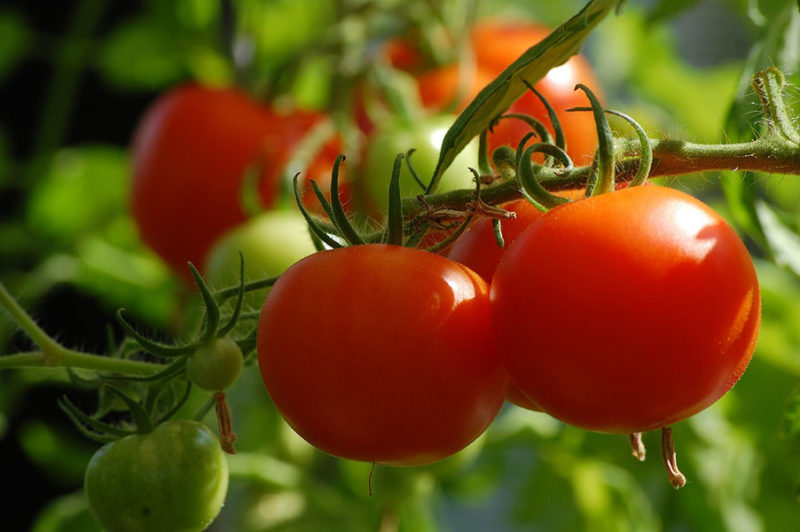
Think of one of our most popular garden vegetables (actually – fruits): The tomato. The tomato is a perennial and originates in Central and South America. Yet we grow the tomato throughout the USA as an annual. Even as far north as zone 3 – with the help of greenhouses – backyard gardeners can enjoy tomatoes.
If you want to grow something that is completely out of your zone, consider growing it as an annual instead. Look at your frost dates and decide if a plant can mature within your growing season.
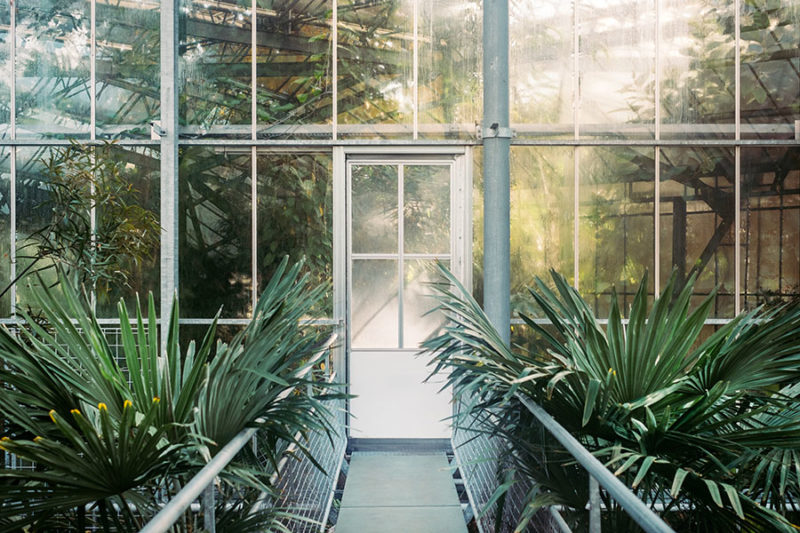
Garden fabric, greenhouses, and shade cloth are all common ways we help to change the microclimate of our gardens.
Getting Extra Help
If you’re finding this a bit confusing, don’t fret. Beyond experimenting, you can always find local help.
One good place to get information is from your local extension office. They are going to have a lot of information and be able to give you advice on what grows well in the area. Many county extension offices have classes available. You can also chat with your local nursery for tips and ideas.
Get to know the growing zones by visiting our interactive planting zones map.
Take Away
The USDA growing zones map is a tool just like many other gardening tools, but you’ll still need more information to make wise growing decisions. Knowing your first and last frost date and how much rain you can expect are also important to having a great garden.
My mother used to say “don’t put all your eggs in one basket.” Its the same with gardening. Plan for a number of scenarios and use a variety of tools to help you grow the perfect plants for your family.
Anyone can join.
Anyone can contribute.
Anyone can become informed about their world.
"United We Stand" Click Here To Create Your Personal Citizen Journalist Account Today, Be Sure To Invite Your Friends.
Lion’s Mane Mushroom
Mushrooms are having a moment. One fabulous fungus in particular, lion’s mane, may help improve memory, depression and anxiety symptoms. They are also an excellent source of nutrients that show promise as a therapy for dementia, and other neurodegenerative diseases. If you’re living with anxiety or depression, you may be curious about all the therapy options out there — including the natural ones.Our Lion’s Mane WHOLE MIND Nootropic Blend has been formulated to utilize the potency of Lion’s mane but also include the benefits of four other Highly Beneficial Mushrooms. Synergistically, they work together to Build your health through improving cognitive function and immunity regardless of your age. Our Nootropic not only improves your Cognitive Function and Activates your Immune System, But it benefits growth of Essential Gut Flora, further enhancing your Vitality.
Our Formula includes:
Lion’s Mane Mushrooms which Increase Brain Power through nerve growth, lessen anxiety, reduce depression, and improve concentration. Its an excellent adaptogen, promotes sleep and improves immunity.
Shiitake Mushrooms which Fight cancer cells and infectious disease, boost the immune system, promotes brain function, and serves as a source of B vitamins.
Maitake Mushrooms which regulate blood sugar levels of diabetics, reduce hypertension and boosts the immune system.
Reishi Mushrooms which Fight inflammation, liver disease, fatigue, tumor growth and cancer. They Improve skin disorders and soothes digestive problems, stomach ulcers and leaky gut syndrome.
Chaga Mushrooms which have anti-aging effects, boost immune function, improve stamina and athletic performance, even act as a natural aphrodisiac, fighting diabetes and improving liver function.
Try Our Lion’s Mane WHOLE MIND Nootropic Blend 60 Capsules. Today Be 100% Satisfied Or Receive A Full Money Back Guarantee Order Yours Today By Following This Link.




.jpeg)


